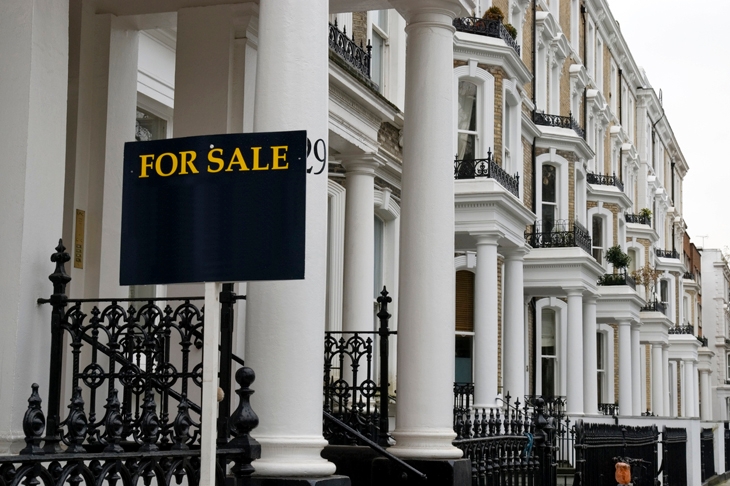Depending on which way you look at it, today’s house price data from Halifax is either good or bad news.
Taken one way it paints a gloomy picture, with house price growth continuing to slow. According to the lender, in the year to May house price inflation dropped to 3.3 per cent, down from 3.8 per cent in the year to April.
However, a different interpretation is more positive. The statistics also reveal that UK house prices increased for the first time in five months in May, thanks to historically low mortgage rates and a shortage of available properties. Halifax says that the average house price rose by 0.4 per cent last month to £220,706, the first monthly rise in house prices since the beginning of 2017. But…prices in the three months to May were 0.2 per cent lower than in the preceding quarter.
So far, so confused? There’s also the fact that Halifax’s data contrasts sharply to recent figures from Nationwide. The building society says that house prices have fallen every month since March.

Here’s what Martin Ellis, Halifax’s housing economist, has to say. ‘After reaching a recent peak of 10 per cent in March 2016, the annual house price growth has since fallen to 3.3 per cent in May. House prices have again fallen over the past three months. Overall, prices in the three months to May were -0.2 per cent lower than in the preceding three months, the same rate as in April.’
He adds: ‘The fact that the supply of new homes and existing properties available for sale remains low, combined with historically low mortgage rates and a high employment rate, is likely to support house price levels over the coming months.’
So the bottom line is this: property prices are expected to remain broadly static this year. That’s that, then.
Helen Nugent is Online Money Editor of The Spectator






Comments